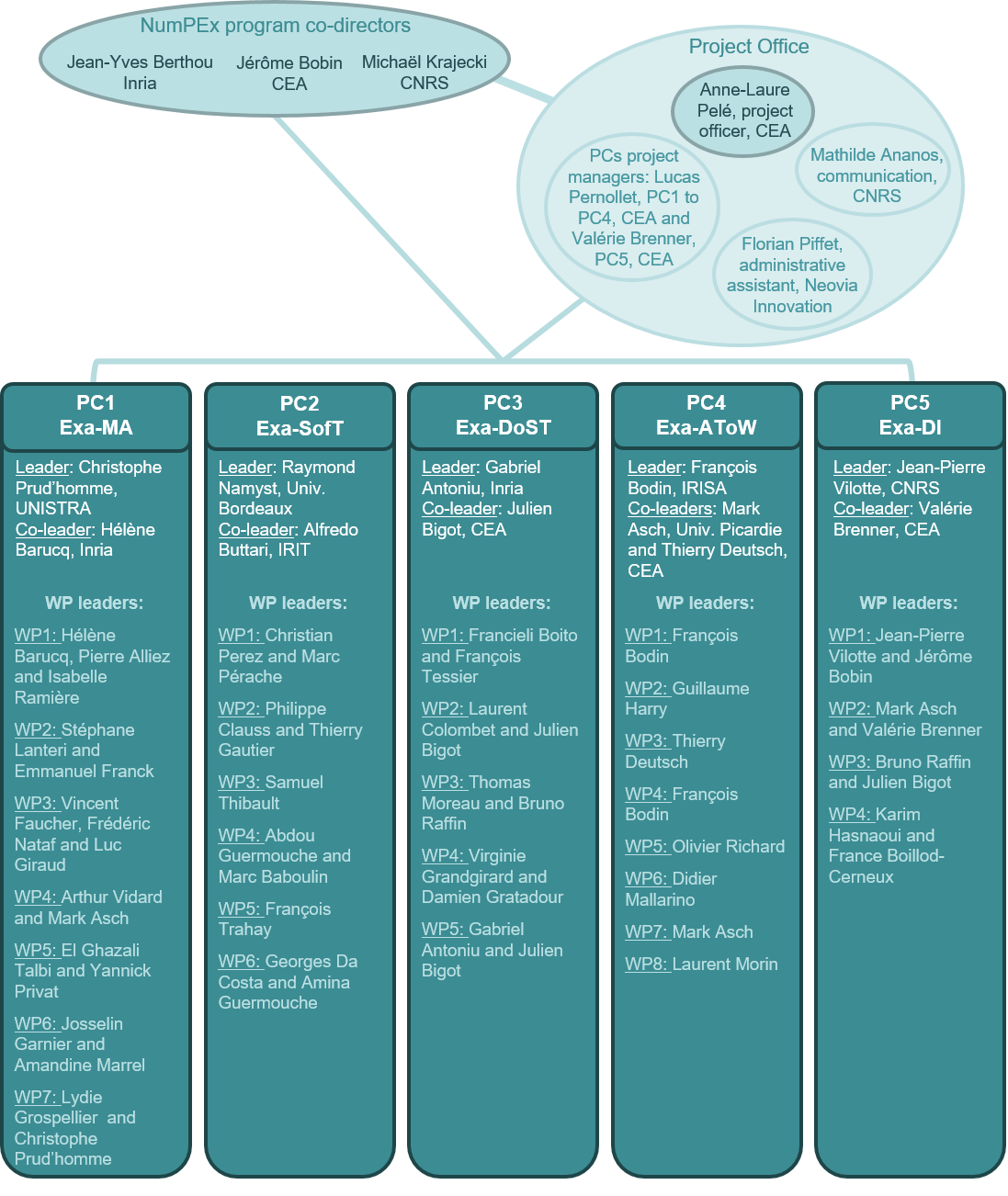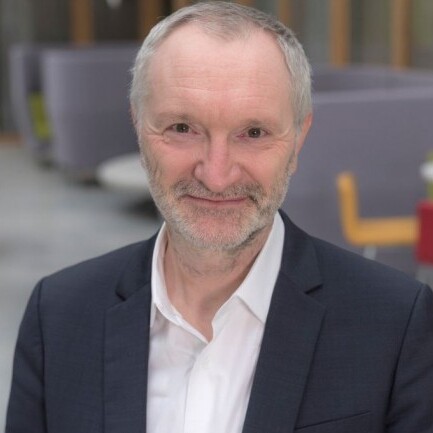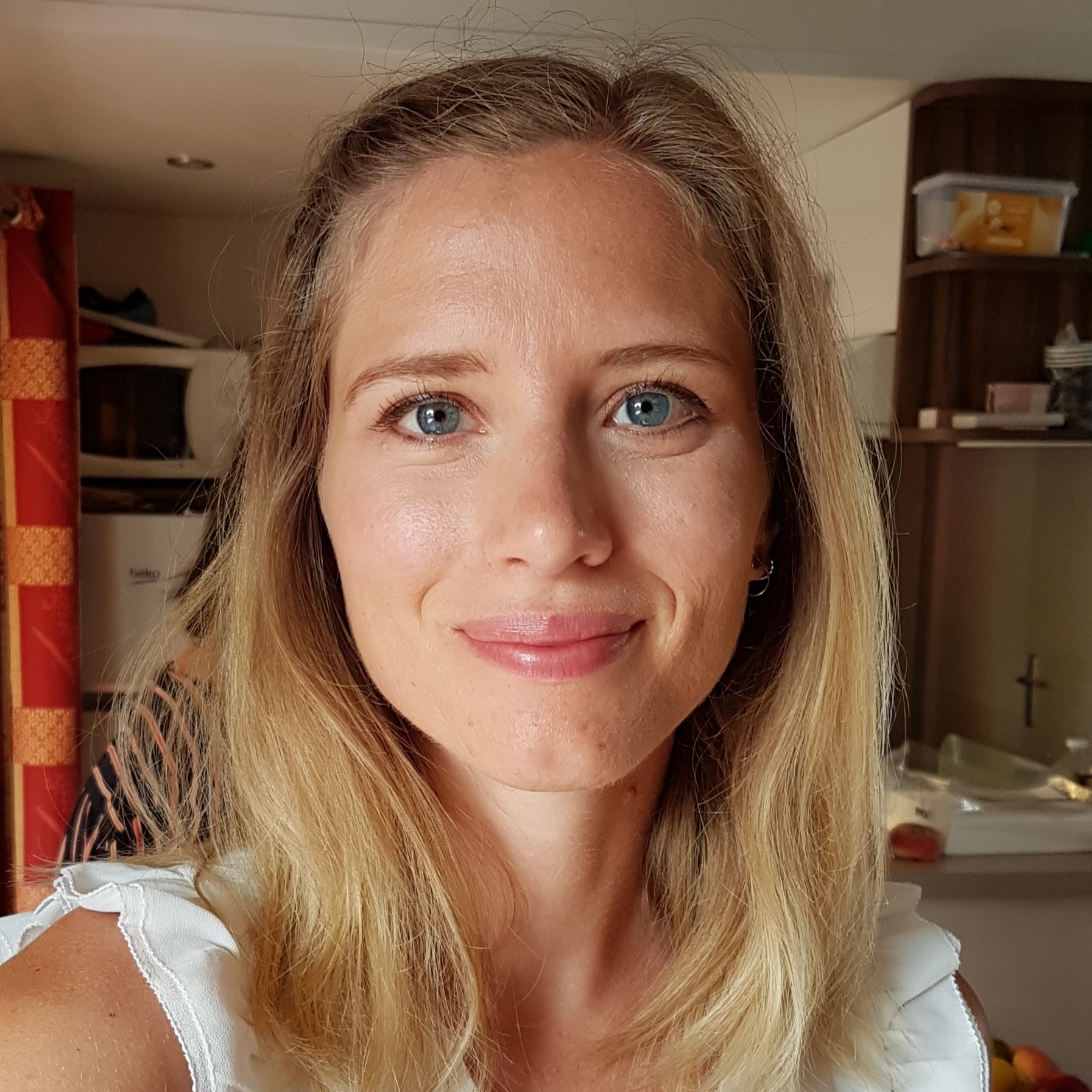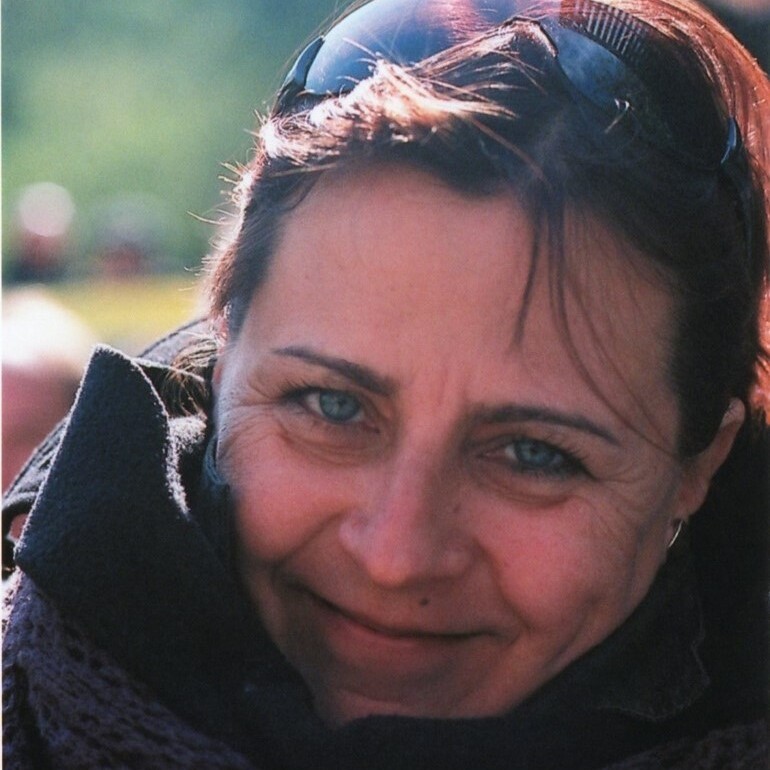The NumPEx program is led by three co-directors: Jean-Yves Berthou from Inria, Jérôme Bobin from CEA and Michaël Krajecki from CNRS.
These organizations are all strongly involved in HPC strategy:
CEA – The CEA as a whole is strongly involved in the digital transition, and as such HPC and Exascale are in its strategic priorities. More specifically, CEA is active across the entire HPC value chain, and its strong presence in all these segments makes it a unique player in Europe as owner and operator of a computing center of national and European scope, as user and developer of applications and associated high-performance computing resources for all its missions (deterrence, energy, fundamental research, etc.). At the European level, the CEA is either a leader or strongly involved in various application and technological H2020 projects, and EuroHPC European Centers of Excellence for Computing Applications (CoE). CEA is a major contributor of the French Exascale project, and as such is candidate site for the second Exascale system. In this context, the NumPEx program is perfectly aligned with the CEA research and development plan for HPC, being central to prepare the scientific and engineering applications to fully exploit the capacities of forthcoming Exascale systems.
CNRS – High performance Computing (HPC), large scale data analytics and Artifical Intelligence (AI) are within the CNRS thematic priority orientations as identified in the Contract of Objectives and Performance (COP) signed with the French government. They appear in the scientific strategic priorities in the Digital section under two topics “Foundations of Artificial Intelligence: models, data and algorithms” and “Future of computing” with a specific point on exascale. Note that they are also central in most of the others thematic priority orientations namely “engineering”, “matter, wave and particles”, “Planet and universe”, “Societies” and “Life”. HPC and data analytics are at the heart of practices in the CNRS scientific institutes while AI is becoming a major topic. The national computing platform for AI (Jean Zay) is hosted at IDRIS, the national supercomputing center of CNRS, and is so successful that AI users and projects exceed the ones of HPC. AI is now so crucial that CNRS as created the “AISSAI” center: AI for science, science for AI that fosters dialogue between scientific disciplines in interaction with AI. All these issues explain the strong involvement of CNRS, as one of the key player both at national and international levels, in exascale related initiatives such as PRACE and EuroHPC with GENCI.
INRIA – High performance computing and exascale is one of the priority research areas identified by Inria in its strategic research plan implemented through its Contract of Objectives and Performance (COP) signed with the French Ministry of Research and Finance. The contributions of the Inria project teams cover the entire spectrum of challenges to be met in order to tackle exascale computing, which extend to all levels of the software stack; many of the contributions are made by publishing free software. Each of these components is based on the scientific and ethodological activities carried out by Inria teams, which have been fully integrated into the national, European and international exascale ecosystems since the very first international exascale initiative, i.e. IESP, BDEC (https://exascale.org/bdec) and its successors.
CEA, CNRS and INRIA have contributed to the diffusion of HPC as partners of GENCI and have been deeply involved in the PRACE programme and now with EuroHPC. They are key actors in the Exascale France project, for the preparation of the French application for hosting the next European Exascale system, and preparation the scientific and engineering communities to fully exploit these machines.
In order to manage the scientific program, the governance of the PEPR project NumPEx is build upon the following bodies: the Board of Directors (BoD), the operational committee, the project office, the industrial advisory committee and the international scientific board.
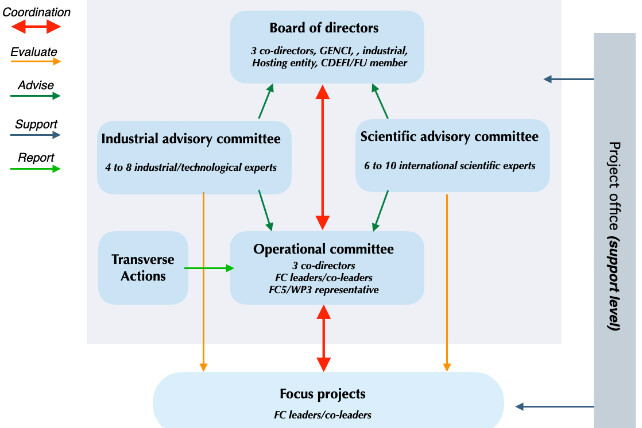
The Operational Committee (OC) is composed of the three directors of the program partners (CEA, CNRS, INRIA) and the coordinators of the 5 Focus Projects (FCs).
The project office (PO) is led by a leading project officer and composed of two FC project managers, an administrative assistant and a communication officer (website and social networks).
The organizational chart below shows the Project Office (PO) as well as the projects’ members.
